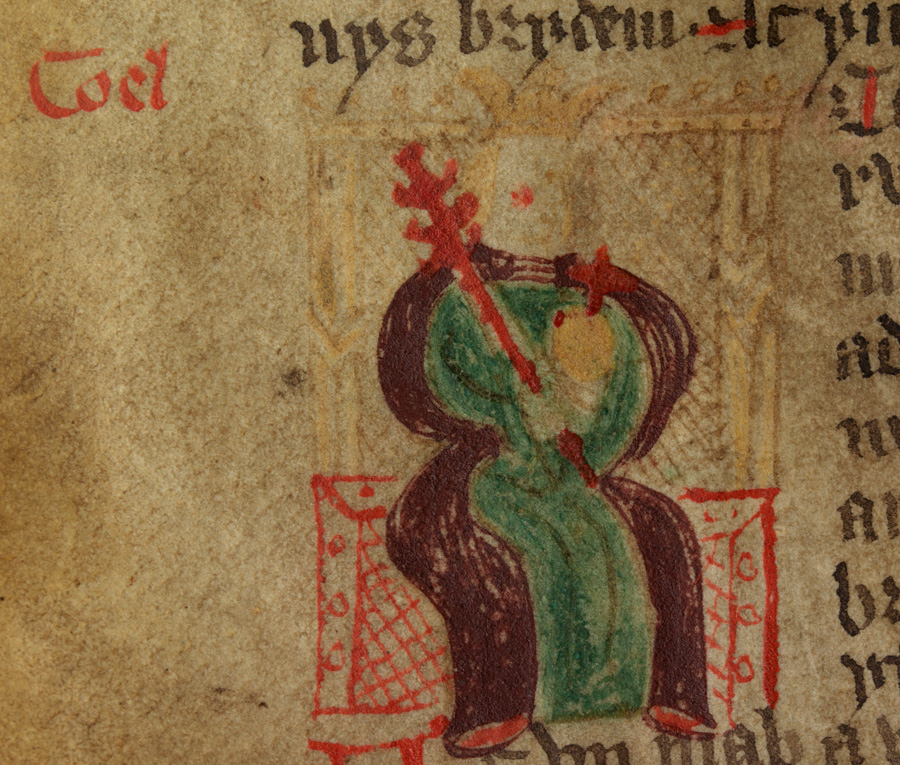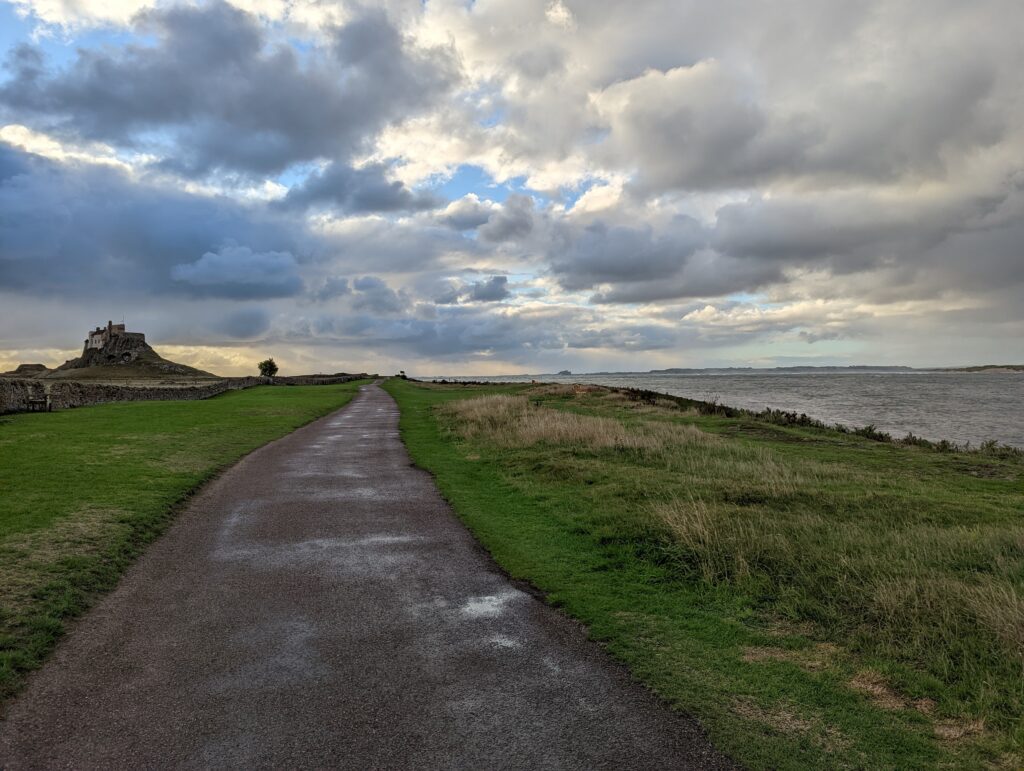In this blog, we’ll be talking about the Dark Ages – or, as they should be known, the early Middle Ages.
Misinformation about the Dark Ages
The Dark Ages were a really interesting period of time. Many of the history books written about this time were very poorly written because, at the end of Roman Britain, the books suggest that the Romans brought all of their troops out of Britain and left it defenceless. The worst culprit of this misinformation was a historian and monk called Gildas who suggested that the whole of Britain was horrendously destroyed by the end of the Roman occupation because the Angles, Saxons and the Irish invaded the country and set it alight.
We don’t see that picture from archaeology. Instead, we see more of a continuation as new people migrated into the British Iles and became part of the existing structure. Slowly and steadily, the language and the society of Britain changed.
Coel Hen

One of the characters of this period is a man called Coel Hen who appears to have been one of the last remaining Roman commanders of Britain if you belive the mythology about him. His name survives to this day in a poem written about him:
Old King Coel was a merry old soul,
And a merry old soul was he.
Coel Hen was a senior-ranking military official who remained in Britain when the Romans pulled out and likely oversaw the limitanei. The Limitanei were the frontier troops of the Roman Empire. They were hereditary soldiers and provided defence for Britain at the end of the Roman period.
According to Gildas these frontier soldiers fought back against the Angles, Saxons and the Irish to attempt to retain some kind of Roman lifestyle in the northern parts of Roman Britain. As they did so, over time they mutated into petty kings or little kings in this area. Coel Hen in welsh sources was seen as the dynastic founder of many of the Romano-British kingdoms that followed the Roman period.
Hen died during a battle with the Picts and the Strathclyde Britons in what is now modern-day Scotland. Apparently, his children continued to be influential with their own kingdoms in the British Isles.
Ida, prince of the Angles

Moving forward in history, in 547AD, a young prince of the Angles called Ida came up from the south with three ships. He is said to have landed around the area of Bamburgh Castle and Lindisfarne. Some historians and archaeologists belive he came from Lincolnshire because of the large Anglian population in that area of the country, but he could have come from Yorkshire or another part of the east coast of England. He arrived with a view to expanding his power, moving north to find new opportunities, likely having exhausted the opportunities available to him in the south.

Ida brought three boatloads of men to the north, according to the Historia Brittonum, fought the local population and settled in and around Bamburgh and Lindisfarne. From this time, we get an image, via the Welsh chronicles, of the situation up here in Northern Britain. It seems that sometimes Ida would fight alongside the Britons, and at other times he would fight against them. When he fought against them, a coalition of British warlords came together and besieged Ida on the island of Medcaut – now known as Lindisfarne or Holy Island. Medcaut means ‘the healing island’ and would have been a very important island even back then.
Four British kings besieged Ida because of all the trouble he had caused in the local area. Urien, King of Rheged, was one of the British Kings in the coalition. He was a very famous king and much-loved by the British people. That fact made one of the other coalition members, Mordant, jealous, which caused Mordant to murder Urien. This broke the coalition apart, and the British started fighting against each other. Many historians belive this was the beginning of the end of the kingdom of Rheged as it slowly fell under the control of Northumbria.
As a result, the Northumbrians, began to take over the region and became a powerful Kingdom in the British Isles. When Ida took over Bamburgh to create a stronghold on the site, there was likely already a royal stronghold on the site, shown by recent archaeological digs at Bamburgh Castle. This enabled him to push out to take over more of Northumbria’s land and people. This warlike expansion was built on by his grandson Æthelfrith, expanding the Northumbrian’s power and taking over the region and forcing other kingdoms to become tributaries to his power. The Britons, or the Romano-Britons who did not mix with the Anglians were pushed into the country’s west and developed a distinct culture that can be seen in Cumbria, Devon, Cornwall and Wales.


